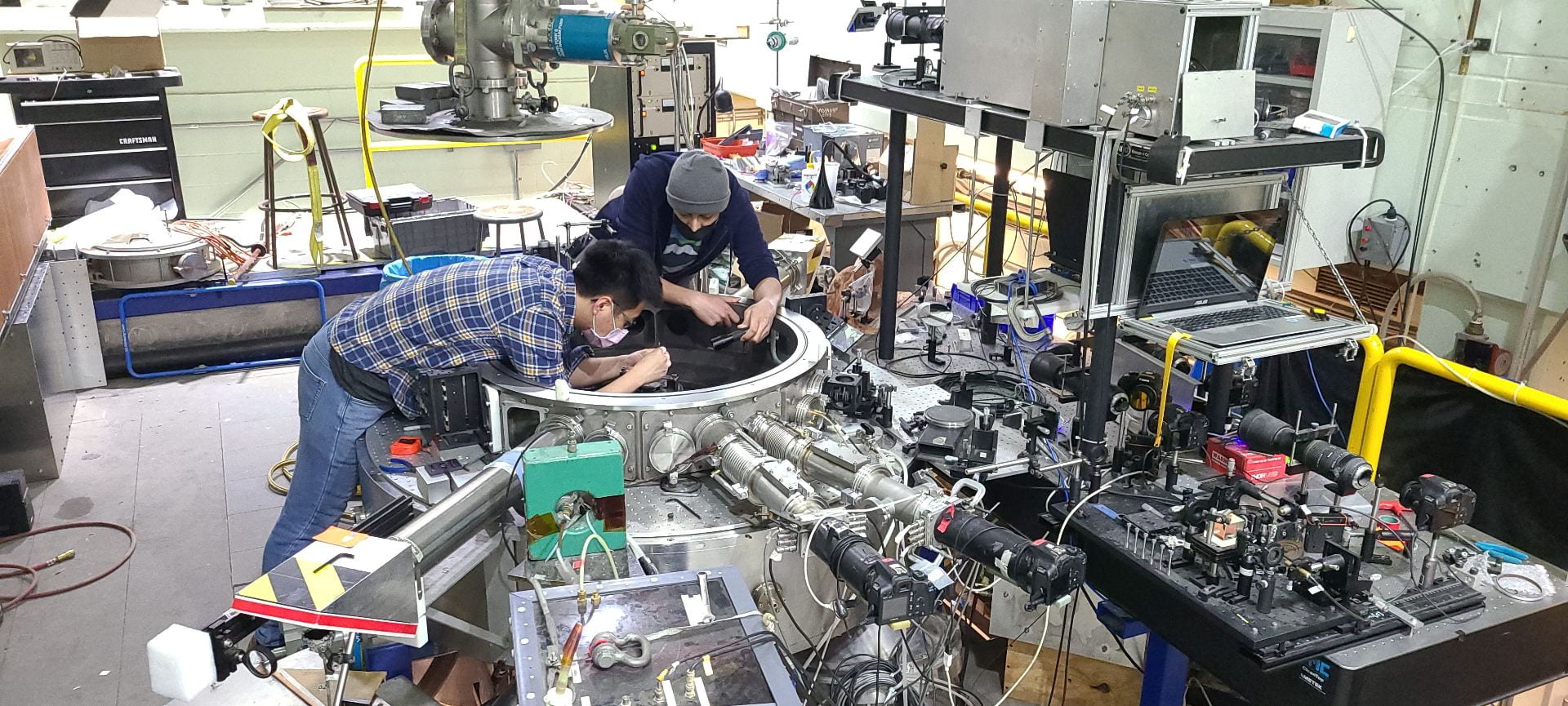LPS becomes part of the Inertial Fusion Science and Technology Hub (RISE)
The Laboratory of Plasma Studies at Cornell University, directed by AEP professor Gennady Shvets, has joined the Inertial Fusion Science and Technology Hub, a multi-institutional consortium to advance inertial fusion energy as a power source led by Colorado State University. A $16 million grant from the US. Department of Energy will fund the hub for four years. Read about this new consortium in the Cornell Chronicle.
Gennady Shvets to lead Laboratory of Plasma Studies
For nearly six decades, Cornell’s Laboratory of Plasma Studies (LPS) has remained at the forefront of plasma science – a tradition its incoming director, Gennady Shvets, professor of applied and engineering physics, plans to continue while also broadening the lab’s research capabilities. Read the story in the Cornell Chronicle.
